Some commonly asked ScarWork questions
Please find below some commonly asked ScarWork questions from our clients to help guide you. Of course please do get in touch if you still have any queries
No, ScarWork seems to work on scars of any age.
Even the tiniest scars can create problems, especially if there are other scars nearby and the adhesions link up. This isn’t visible, but when we work on the scar, we (and often the client) can feel the connection under the skin to the other scars. A scar on the chin may be creating restrictions in the mobility of the jaw and/or neck and/or shoulders.
Any scar may look fine on top; it’s what is happening underneath that matters. Adhesions may form and pull joints and bones out of position slightly. If you had an infection on the left side of the scar, this could help create a restriction in the left hip. If you carried your baby on the left hip, that could also have contributed. When the ScarWork is done on the C-scar, it is ideal if the therapist is able to realign you as well to clear the patterning. Check with your ScarWork therapist to ensure they are able to help you with this.
The scar under the arm where the lymph clearance scar would have been done, may be the only cause of the reduced arm movement. Or, the adhesions may have connected to those from the breast scar. ScarWork aims to clear both scars and we are normally able to improve your range of movement.
You don’t have to have them done, but may I explain to you what may be happening under the skin? When the surgeon goes in via laparoscopy, they expand the area with gas to be able to create room (this can leave an expansion pattern in the abdomen), and they have a good look around while they are in there! Responsibly, they check for other issues while they have the chance, but this can leave tracking adhesions wherever they go. We have a very simple technique for lap scars, which appears to alleviate problems caused by such adhesions. When the lap scar is near the diaphragm, as can be the case in a gall bladder removal (cholecystectomy), adhesions stand the risk of restricting diaphragmatic movement and affecting the breathing. Laparoscopic cholecystectomy offers a quicker recovery than the traditional technique but can still leave problems in its wake.
